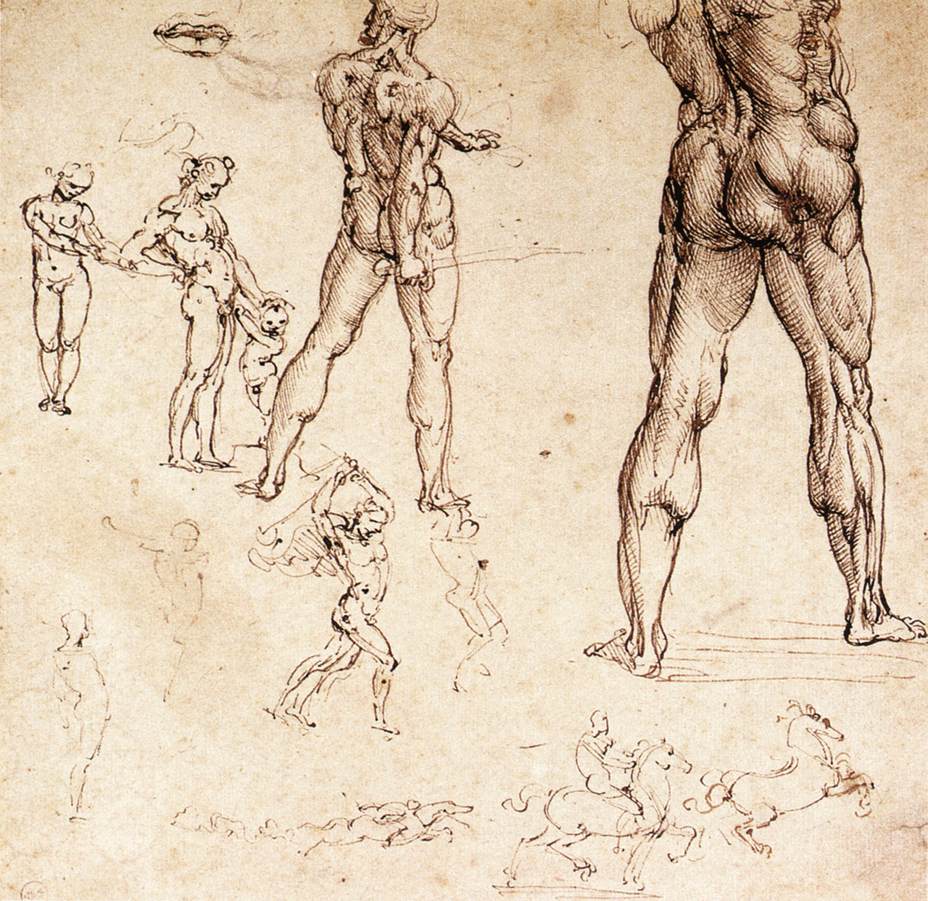Concept artists not only have to consider how aesthetically pleasing an image looks but they have to be aware of spacial value, the limitations of a game engine and overall detail of a charater or environment. They have to think beyond the initial stage of the concept and visualise how it will operate in a fully functioning game engine. Often artists design environments in 3d software first, and then develop the overall image in photoshop. This allows the artist to judge the spacial distance and proportions of an environment before developing the detail and overall design. James Hawkins a concept artist at Epic games is a prime example of this method being used. When creating his concept designs for the latest gears of war game he states 'I also build and animate all my concepts in 3D so it adds to my total concept time. Hopefully it is saving time for the modellers and animators further down the line.' This is visual composition at its most complex as it includes much more work than that needed to create a simple traditional painting or sculpture.
A few examples of his work below, which have been constructed in 3d before being polished in photoshop:

Not to completely ignore the work of masters work, for example Leonardo DaVinci did several research drawings and sketches to develop his plan for a final sculpture or paintings. Here he developed his ideas and gathered spacial information, investing many hours into perfecting his
piece. A few examples of his working drawings can be seen below.

The final presentation of game art, does follow the distinct principles layed down by its predecessors, sticking to common rules and techniques such as the fibonacci theory, the rule of thirds, perspective and so on. Yet from what i have discovered it requires alot more thought and attention, to develop a piece of art which is designed for the fourth dimension.
Really really good blog posts.
ReplyDeleteDon't be afraid of pictures. They break up walls of text.
cheers del, i'll try and spice up the blog abit more
ReplyDelete